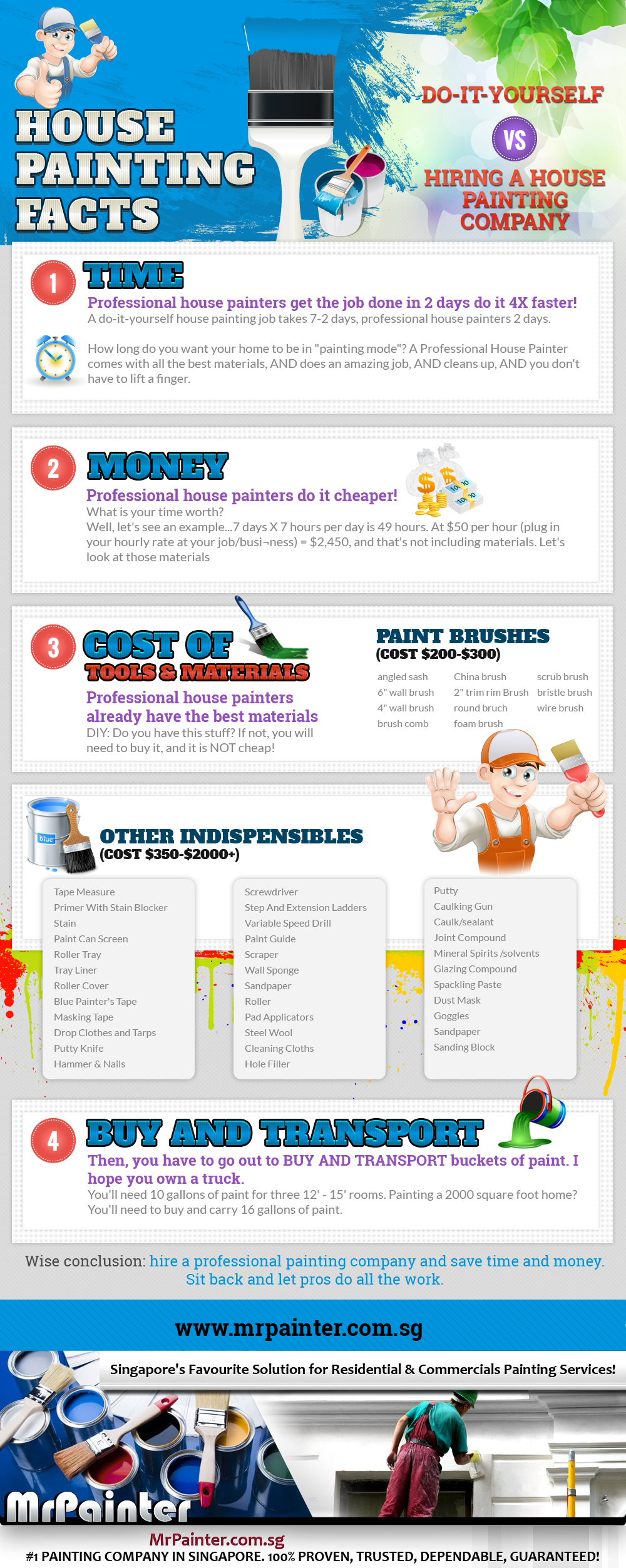Seasonal Factors To Consider For Industrial Exterior Painting: What You Required To Know
Seasonal Factors To Consider For Industrial Exterior Painting: What You Required To Know
Blog Article
Short Article Produced By-Aguilar Urquhart
When you're planning an industrial exterior painting job, seasonal variables can make or damage your outcomes. You'll intend to think about how temperature level and humidity effect paint application and drying times. Selecting the ideal season can guarantee your paint adheres appropriately and lasts longer. However which periods are absolutely the most effective for this type of job? Allow's discover the key elements that can influence your job's success.
The Effect of Temperature Level on Paint Application
When you're planning an industrial exterior painting task, the temperature level can dramatically affect exactly how well the paint adheres and dries.
Ideally, you want to paint when temperatures range in between 50 ° F and 85 ° F. If you could look here 's also cold, the paint may not cure effectively, bring about problems like peeling or breaking.
On the flip side, if it's too warm, the paint can dry also quickly, stopping proper attachment and resulting in an unequal finish.
You should additionally consider the time of day; morning or late afternoon provides cooler temperatures, which can be extra desirable.
Constantly check the producer's recommendations for the particular paint you're making use of, as they frequently provide assistance on the ideal temperature level variety for optimal outcomes.
Humidity and Its Effect on Drying Times
Temperature isn't the only environmental variable that affects your industrial external painting task; moisture plays a considerable duty too. High humidity levels can slow down drying out times significantly, impacting the general high quality of your paint task.
When the air is saturated with moisture, the paint takes longer to heal, which can result in problems like bad bond and a higher threat of mildew development. If simply click the up coming post on a particularly moist day, be gotten ready for prolonged delay times between coats.
It's vital to check regional climate condition and plan appropriately. Preferably, go for moisture levels in between 40% and 70% for optimum drying out.
Keeping these factors in mind ensures your job remains on track and provides a long-term surface.
Best Seasons for Commercial Exterior Paint Projects
What's the best season for your commercial outside painting tasks?
Springtime and early fall are generally your best bets. Throughout these periods, temperatures are moderate, and moisture levels are often reduced, producing suitable problems for paint application and drying out.
Prevent summer season's intense heat, which can create paint to dry also promptly, resulting in poor adhesion and finish. In a similar way, wintertime's chilly temperature levels can hinder proper drying out and healing, risking the longevity of your paint job.
Aim for days with temperature levels between 50 ° F and 85 ° F for ideal results. Keep in mind to inspect the local weather forecast for rain, as wet problems can spoil your project.
Planning around celebrity house painter ensures your paint job runs efficiently and lasts longer.
Final thought
In conclusion, planning your industrial exterior paint projects around seasonal considerations can make a substantial difference in the result. By organizing job during the suitable temperature levels and moisture degrees, you'll make certain much better adhesion and drying out times. Bear in mind to keep an eye on regional weather forecasts and select the correct time of year-- springtime and very early autumn are your best options. Taking these steps will aid you accomplish a long lasting and expert coating that lasts.
